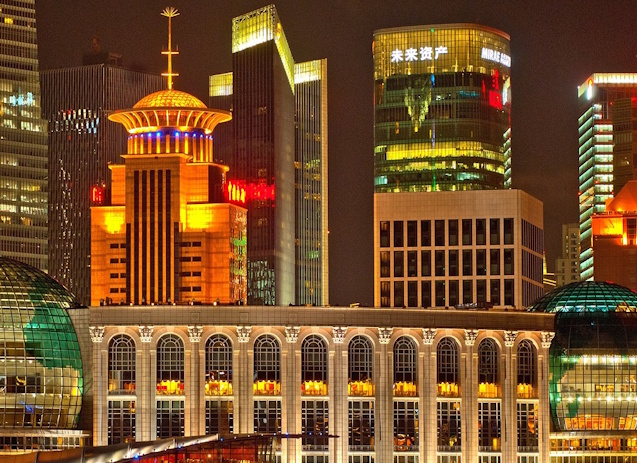China vs India: A Comprehensive Comparison
1. Introduction
China and India are the two most populous nations in the world, each with rich histories, diverse cultures, and rapidly growing economies. While China is known for its manufacturing dominance and infrastructure, India stands out for its IT sector, democratic governance, and lower cost of living. This comparison explores key differences in economy, lifestyle, opportunities, and culture.
2. Geographical Overview
- China: Covers 9.6 million km², featuring mountains, deserts, rivers, and urban megacities. It has varied climates ranging from tropical to subarctic.
- India: Covers 3.28 million km², with plains, mountains (Himalayas), plateaus, and coastal regions. It has a predominantly tropical climate.
3. Key Comparison Table
| Factor | China | India |
|---|---|---|
| Location | East Asia | South Asia |
| Size (km²) | 9.6 million km² | 3.28 million km² |
| Population | 1.4 billion | 1.42 billion |
| GDP (Nominal) | $18 trillion | $3.7 trillion |
| GDP Per Capita | $12,500 | $2,600 |
| Cost of Living Index | Higher | Lower |
| Average Salary | $14,000 | $6,000 |
| Life Expectancy | 78 years | 71 years |
| Education Ranking | Strong universities, global research | Growing higher education sector |
| Crime Index | Low | Moderate |
| Healthcare System | Public & Private mix | Public & Private mix |
4. Economic Comparison
- China has the world’s second-largest economy, driven by manufacturing, exports, and technology.
- India has a fast-growing economy, mainly focused on IT, services, and agriculture.
- Cost of living: China is more expensive, especially in major cities, while India is significantly cheaper.
- Job market: China offers more manufacturing and industrial jobs, while India excels in IT, outsourcing, and tech.
5. Quality of Life
- Healthcare: China has better healthcare infrastructure, though access to quality services varies by region. India has top private hospitals but weaker public healthcare.
- Education: China has highly-ranked universities, while India has strong engineering and IT institutions (IITs).
- Safety: China has lower crime rates, while India has higher crime rates in some areas.
6. Culture and Society
- Languages: China speaks Mandarin, while India has multiple official languages, including Hindi and English.
- Work-Life Balance: China has a fast-paced, high-pressure work culture, while India has more flexibility.
- Social Attitude: China follows a centralized system with strict regulations, while India has a democratic but complex governance system.
7. Pros and Cons
Pros of Living in China:
✅ Stronger economy and more industrial jobs
✅ Better infrastructure and modern cities
✅ Lower crime rates and safer urban areas
Cons of Living in China:
❌ Higher cost of living in major cities
❌ Strict government control and limited freedoms
❌ Language barrier for non-Mandarin speakers
Pros of Living in India:
✅ Lower cost of living
✅ Fast-growing IT and tech industry
✅ Rich cultural diversity and democratic governance
Cons of Living in India:
❌ Weaker infrastructure and traffic congestion
❌ Higher pollution levels in major cities
❌ More crime and security concerns in some areas
8. Conclusion
Both China and India are fast-growing global powers with unique opportunities and challenges. If you seek a stronger economy, better infrastructure, and a safer environment, China is the better choice. However, if you prefer a lower cost of living, democratic governance, and a thriving IT sector, then India may be the right fit.

